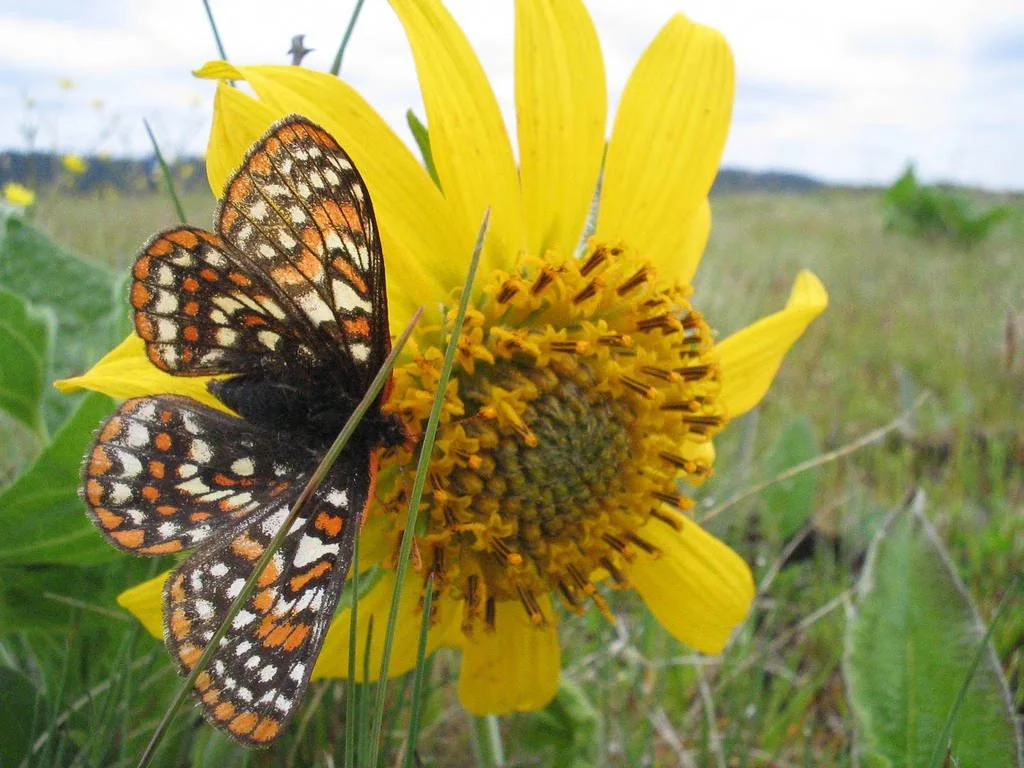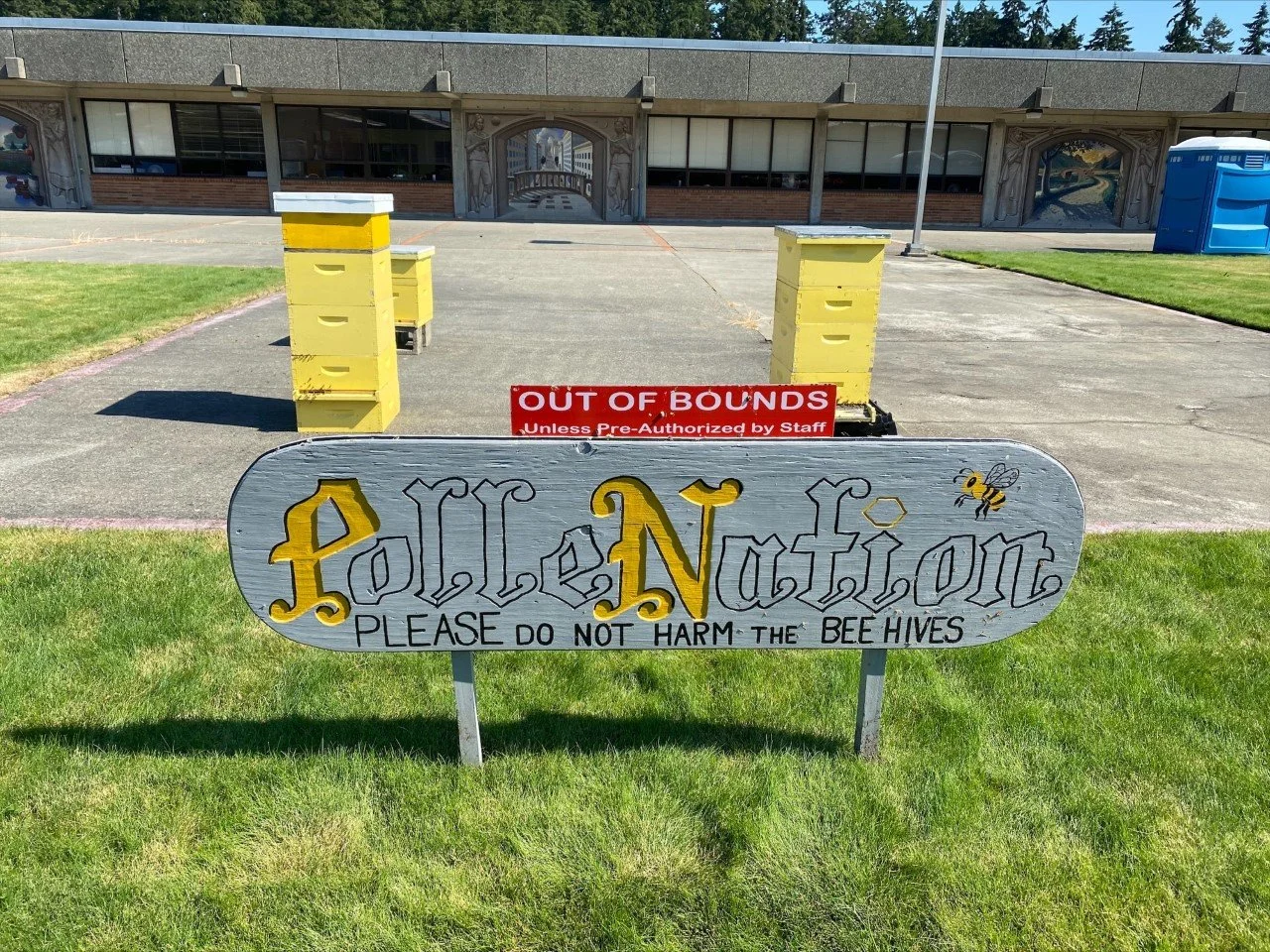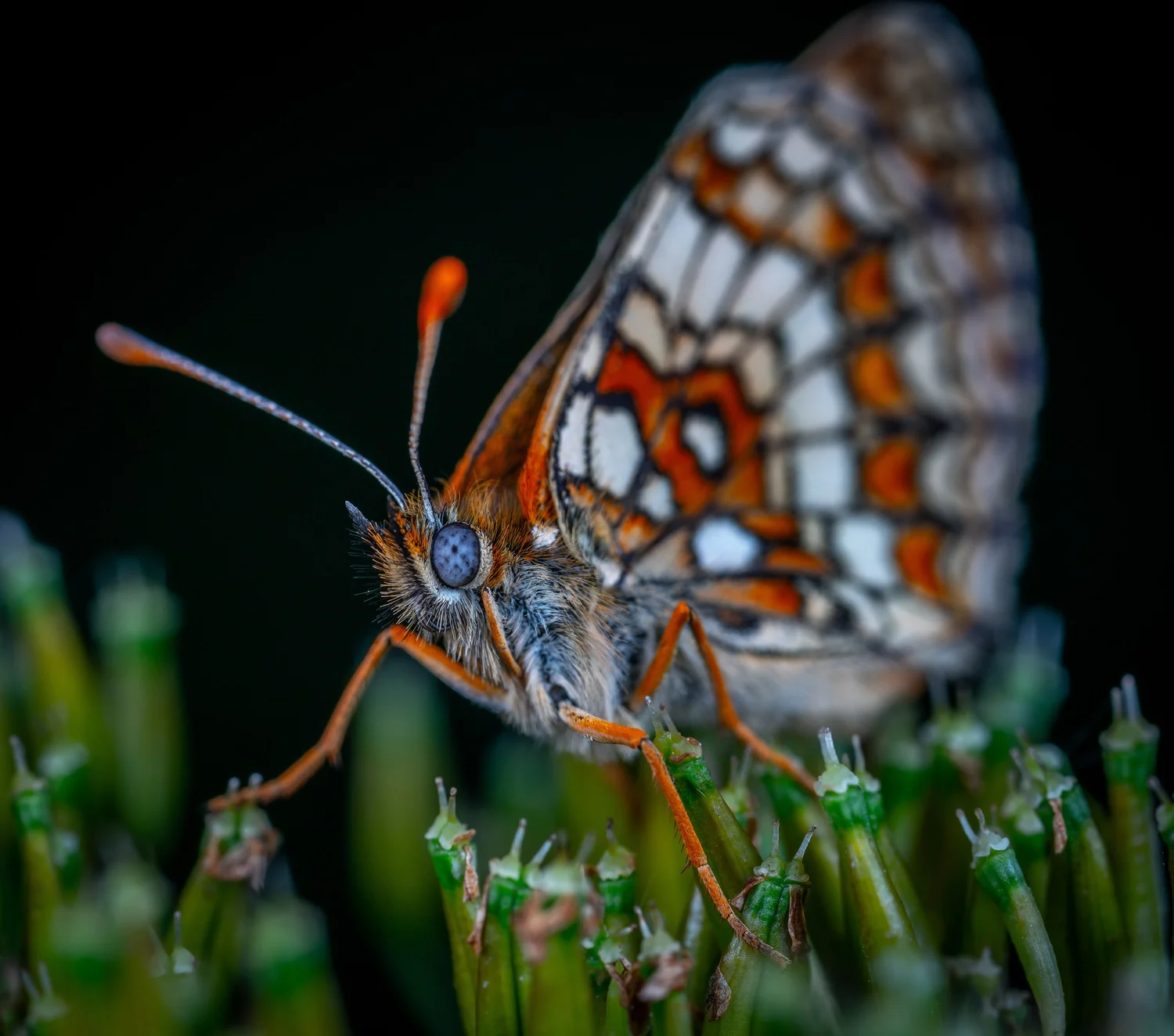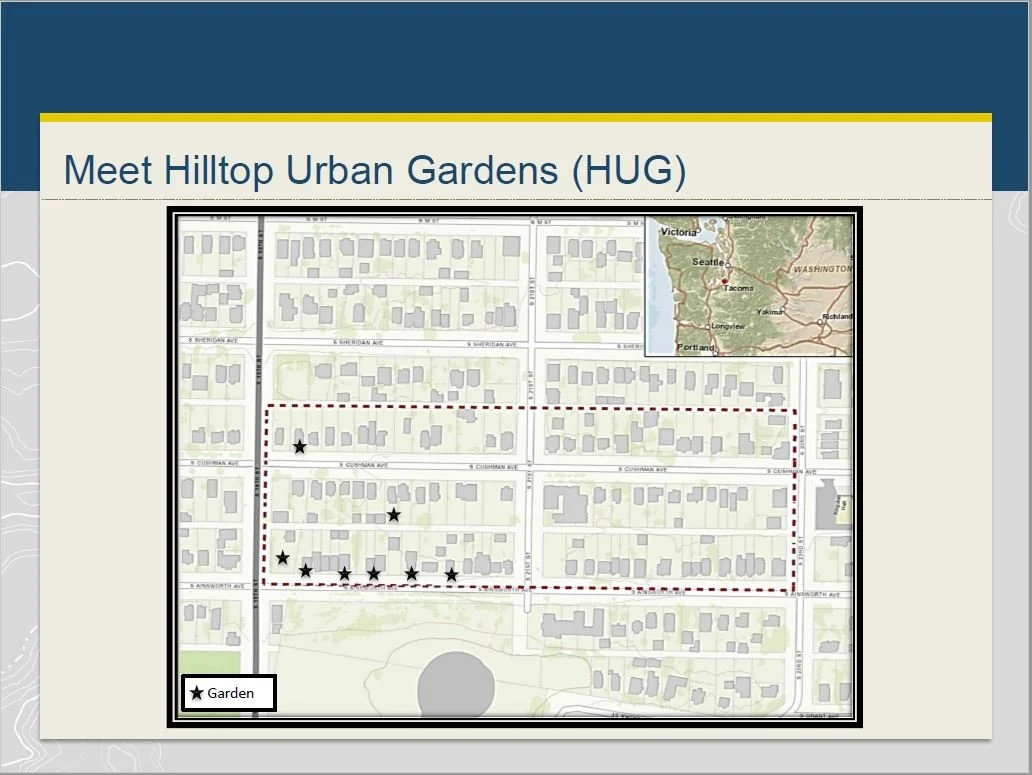S3E5, Why did the Caterpillar Cross the Road? To get to the Artillery Range
Description
Welcome to Season 3, Episode 5, Why did the Caterpillar Cross the Road? To get to the Artillery Range. A story about the metamorphosis of a prison into a butterfly rearing facility for endangered species recovery. This episode is all about the Sustainability in Prisons Project’s (SPP) Taylor’s Checkerspot Butterfly Program. In this episode, we learn more about the program with Mary Linders, endangered species biologist and we talk with Liz Louie, former butterfly technician, about her experience rearing Taylor’s checkerspot butterflies.
This season is all about the Sustainability in Prisons Project (otherwise referred to as SPP), how they bring education, nature and training into the prisons to reduce recidivism and protect and enhance our environment. This season (we now know) is 7 episodes long. In the first episode we got into how it all started; Episode 2 provided a background on the prison system and an introduction to SPP. Episode 3 was all about partnerships, which is really what SPP is, a network of partners working to bring education and nature into the prison system. Last episode provided an overview of the Conservation Programs at SPP and then we got into more of the details of the Conservation Nursery Programs and how they are involved in prairie restoration.
We start off the episode with a few fun facts, including:
A group of butterflies is called a kaleidoscope, although sometimes referred to as a flutter, flight or swarm. A group of caterpillars is called an army.
According to the Smithsonian: There are about 18,500 butterfly species worldwide (except Antarctica). Of those, around 750 are found in the US.
Interviewees this Episode
Mary Linders
Mary has worked as an endangered species recovery biologist for the Washington Department of Fish and Wildlife (WDFW) since 1994. For the past 18 years she has worked to protect and recover populations of five at-risk prairie and oak-associated species in the South Puget Sound region. As the lead biologist overseeing captive rearing and population re-establishment of the federally endangered Taylor’s checkerspot butterfly, Mary has grown the project from a captive rearing test trial to a program with two captive rearing facilities, 14 field sites, and nine conservation partners. All told, this effort is transforming 1000s of acres of degraded grassland to high quality native prairie benefitting a multitude of other species. Mary holds a Master’s degree in Wildlife Science from the University of Washington-Seattle and a Bachelor’s degree in Anthropology from the University of Wisconsin-Madison.
Liz Louie
Liz is currently the manager of the FareStart Restaurant Program. She was previously a butterfly technician with the Taylor’s Checkerspot Butterfly Rearing program.
According to their website, “FareStart transforms lives, disrupts poverty and nourishes communities through food, life skills and job training.” We hope to have a future mini-sode where we share more about Liz’s experience with the FareStart Program. Stay tuned for more info on that!
Taylor’s Checkerspot Butterfly
According to the WDFW Website:
“Taylor’s checkerspot is a Pacific Northwest endemic butterfly. It is currently restricted to a small scattering of 8 populations in Washington, a single population in British Columbia, and 2 populations in Oregon. The decline of this butterfly has accompanied the loss of open, prairie and grassland habitats…it has declined dramatically due to widespread habitat degradation and loss of prairie-oak ecosystems from development, invasive species, and loss of beneficial disturbance mechanisms. Habitat enhancement efforts for Taylor's checkerspot since 2006 have been significant, however, the amount of fully-restored habitat relative to need is low, and the configuration of habitat remains fragmented and isolated.”
TAYLOR'S CHECKERSPOT BUTTERFLY ON BALSAMROOT - PHOTO CREDIT: USFWS/K. REAGAN
Taylor's Checkerspot was listed as an endangered species by the Washington State Fish and Wildlife Commission in 2006, the Committee on the Status of Endangered Wildlife in Canada in 2011, and the U.S. Fish and Wildlife Service in 2013. The federal listing means that basically that no harm can come of the butterfly.
Joint Base Lewis-McChord (JBLM) includes the largest remaining intact prairie (which happens to be a live artillery range) in the South Salish Sea Basin. The artillery impact area at JBLM contains some of the highest quality prairies in the Pacific Northwest and some of the few remaining natural populations of Taylor’s checkerspot butterflies. Out of all of the glacial outwash prairie that previously existed there is only 3% remaining and of that, JBLM is home to about 95%.
If you want to learn more about butterfly identification in the South Salish lowlands, check out, A Region Specific Guide to Butterflies of South Puget Sound, Washington.
The Cascadia Prairie Oak Partnership has a lot of great resources related to prairie oak restoration in the Salish Sea basin and Willamette Valley, including various field and landowner guides.
WDFW asks that you share Taylor’s checkerspot butterfly observations on their WDFW wildlife reporting form. Providing detailed information such as a photo and the coordinates will improve the confidence and value of your observation.
Taylor’s Checkerspot Butterfly Program
In this episode, Mary Linders shares more about the Taylor’s Checkerspot Butterfly Program. She talks about their lifecycle and their unique ecological niche within the Salish Lowland Prairies. The ultimate goal of the program is to rear butterflies to be reintroduced into the wild to help restore the few remaining native populations. The easiest way to do that is to try to reduce their mortality in captivity. Mary says that one of the biggest challenges to rearing Taylor’s checkerspot butterflies is weather. On the habitat side, it means that they may or may not get green up after a fire, or germination, which is impacted by weather and management techniques. While on the butterfly side of things, it is very plastic in its behavior to the climate; if there is an early spring, it will shift its flight habits.
We learn that in the wild, the Taylor’s checkerspot butterfly has a survival rate of 1-5% from egg to adult, while in captivity they see about a 65% survival rate. They try to keep every stage at 90% survival rate.
While GPS and GIS have not been used on the incarcerated side, Mary does share how GIS and GPS are used for all aspects of conservation from habitat assessments to recording release locations and tracking movement.
This project is having an impact on species recovery. Where they were down to a single population, they have now established two other populations and there is a third that is doing okay. There are also a couple of sites that have not fully taken off yet.
Mary discusses some of the benefits of bringing a project like this into a prison setting. One of the benefits is that you get an intimate look at captivity and another is that they have been very successful at minimizing mortality in captivity. She says one of the drawbacks of havi

















